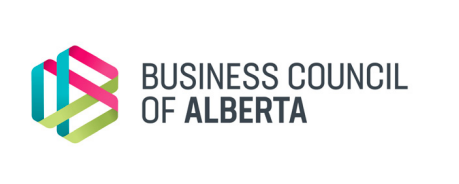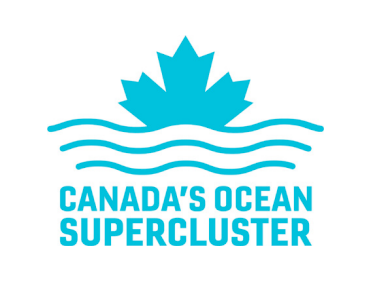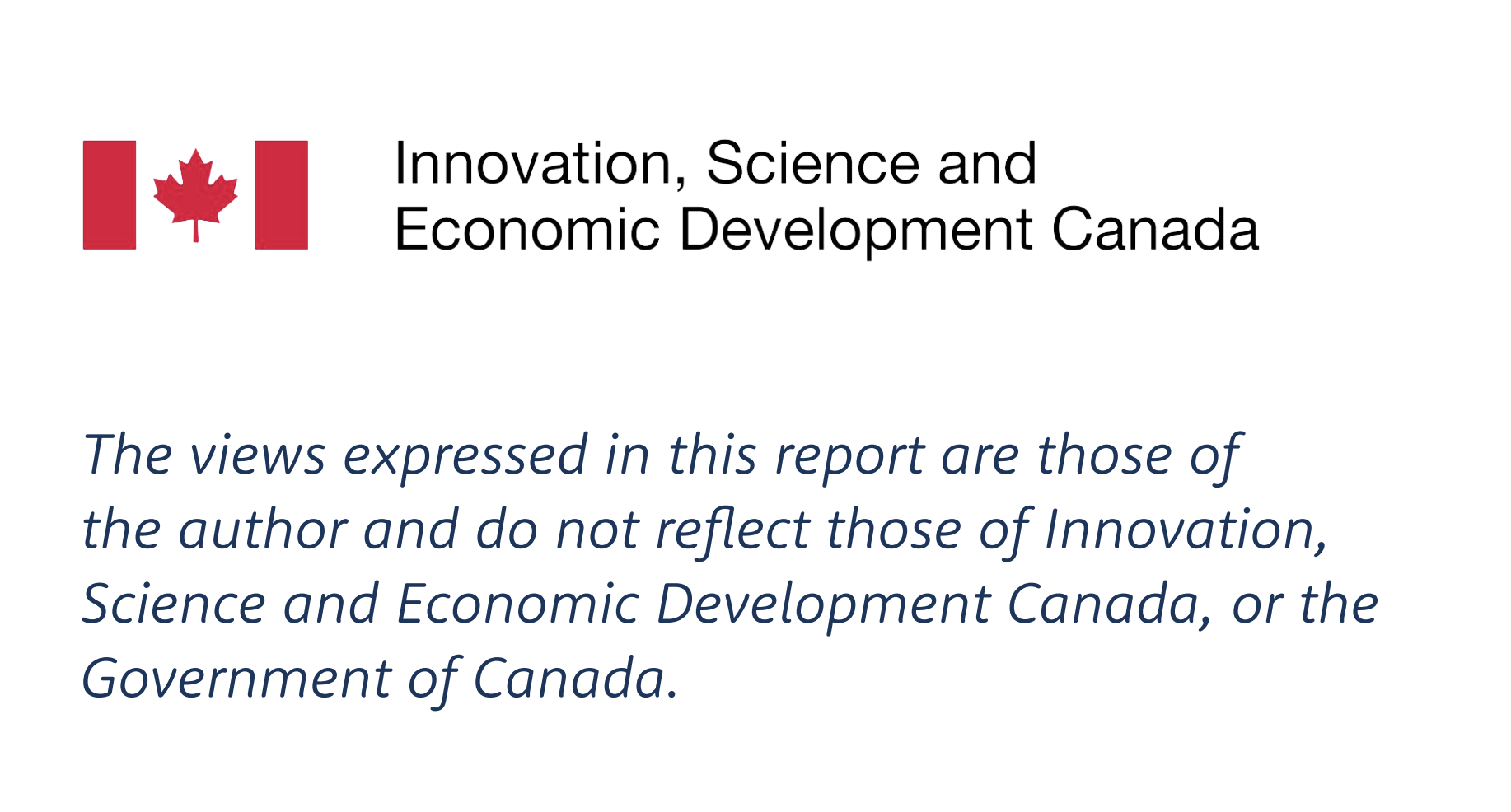Authors

Contributors
- Azana Hyder
- Erin Ellis
- Nina Rafeek Dow
- Sean Mullin
- Mark Hazelden
- Creig Lamb
- Kamilah Ebrahim
- Nisa Malli
February 2022


Thomas Goldsmith
From COVID-19 to climate change, from the need to guarantee food security to how we cope with an aging society, from ensuring everyone has access to digital connectivity to repairing our country’s ravaged and threatened ecosystems, we face many deep and complex challenges as a society.
For all of these challenges, and many more, innovation has a key role to play. Yet Canada’s innovation policy framework does not sufficiently align innovation with solving the most pressing social, economic, and environmental problems that Canada and the world face today.
Canadian federal and provincial governments spend billions to foster innovation, but Canada remains stuck in what has been coined a “low-innovation equilibrium.” Despite producing some of the world’s leading research, we are not doing enough to harness the long-term economic benefits associated with catalyzing breakthrough inventions, or transitioning enough of these innovations through to commercialization at scale, with widespread adoption and export.
Canada’s Moonshot: Solving grand challenges through transformational innovation seeks to better understand how Canada can best use its innovation policy toolkit to intentionally direct, support, and fund innovation that solves the challenges we face—in other words, how we can reach for our own moonshots.
Moonshot innovation policies are outcome- and impact-oriented, with a focus on ambitious but specific and measurable goals. They seek to achieve transformational change, yielding sustainable economic, social, and environmental benefits. Solving the central challenge is the goal—not economic metrics like job creation or GDP growth. As Mariana Mazzucato has described, these economic spillovers “do not happen because you want them to: they happen along the way to solving bigger problems.”
Moonshot innovation policies focus on unaddressed needs, areas that are not priorities for public or private investment, either because of their complexity or their lack of profitability. And they are focused on long-term impact, seeking to create sustainable ecosystems by building out the connective tissue between different actors invested in solving challenges, whether they are from academia, industry, government, communities, or third sectors (NGOs or non-profit organizations).
There have been many reports, articles, and books that have examined the strengths and weaknesses in Canada’s innovation ecosystem. Canada’s Moonshot builds on these foundations, and, guided by the project’s expert advisory panel and informed by insights from interviews with innovation thinkers and practitioners, offers suggestions on how Canada can use a moonshot approach to innovation that not only solves those central challenges, but is also cognizant of the barriers and opportunities that come from our particular Canadian context.
We draw on Daniel Munro’s definition of innovation in the Brookfield Institute’s An Inclusive Innovation Monitor for Canada: “the process of using ideas and knowledge to develop new or improved products, services, or processes that generate value. This includes both the development and diffusion of innovations, covers both economic and social value, and applies to activities conducted by individuals, firms, communities, and/or economies as a whole. The process itself can run from the initial vision to the design, development, production, sale, and use of products, services, and processes.”
Canada can draw on the experiences of other countries that have sought to deploy innovation policies to solve real-world challenges. Canada’s Moonshot puts forward five design principles to ensure the innovation continuum is supported end-to-end, from invention to commercialization. These principles draw from global successes such as Norway’s PILOT-E, the efforts to transform Japan’s energy system, and the Defense Advanced Research Projects Agency (DARPA), which, over its lifetime, has helped catalyze breakthroughs from the internet and GPS, to autonomous vehicles and mRNA therapeutics. The principles include:
This report identifies six challenges that have historically impeded the success of transformational innovation, and that moonshot innovation policies must address:
The following five recommendations address some of the key governance, operational, and design considerations that will need to be considered when seeking to select and deploy moonshot innovation policies in Canada.
Many of the resources needed for moonshot innovation policies already exist in Canada, but need to be brought together to streamline the process. The take-home message is that policymakers need to change their mindset. This includes taking more risks, not letting short-term political interests impede momentum, and engaging stakeholders, experts, and the public to really understand the biggest grand challenges that need solving. They cannot assume good outcomes are going to happen by chance.
A fundamental shift is required to embrace risk-taking, set clear outcome-oriented goals, foster collaboration across multiple sectors, and engage the private sector in partnerships that are oriented around solving problems using new ideas and technologies.
The potential impact from solving our challenges through moonshot innovation could be immense. If we can sustainably improve Canada’s social and environmental well-being, impacting real lives and addressing real problems, and along the way solidify our place in the global economy as a leader in innovation, then we really will have a shot for the moon.











